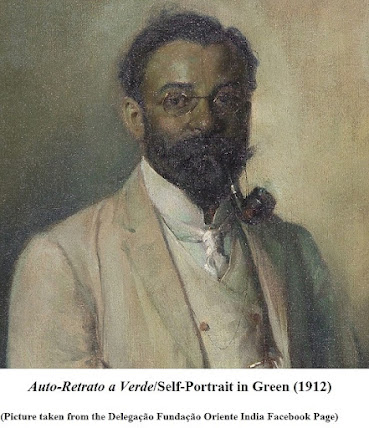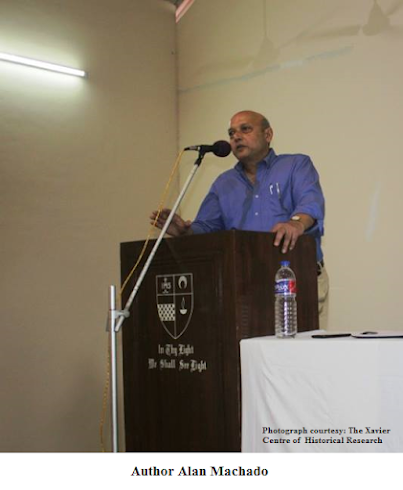AX Trindade and His Artistic Legacy to Goa

António Xavier Trindade is indeed an exemplary Goan talent; one that has been showcased at the Fundaҫão Oriente-India. The Trindade Collection was donated to the Fundaҫão Oriente in 2004 by the Esther Trindade Trust. The collection has works of both, António Xavier Trindade and Angela Trindade (1909-1980), his daughter and noteworthy artist in her own right. Trindade was born in 1870 in Sanguem, Goa to Roman Catholic parents and went on you seek an education in art at the renowned Sir Jamsetjee Jejeebhoy School of Art in Bombay (Mumbai) at the age of 17. He then became part of the faculty in 1921 after the completion of his studies, earning a reputation as one of India’s leading artists who was well-appreciated in both Western and Indian circles. Considered a realist, Trindade would nevertheless continue to incorporate elements of the Romantic era. His technique of light and dark is similar to work by Spanish artists Diego Velázquez (Baroque) and Francisco Goya (Romanticism). His





